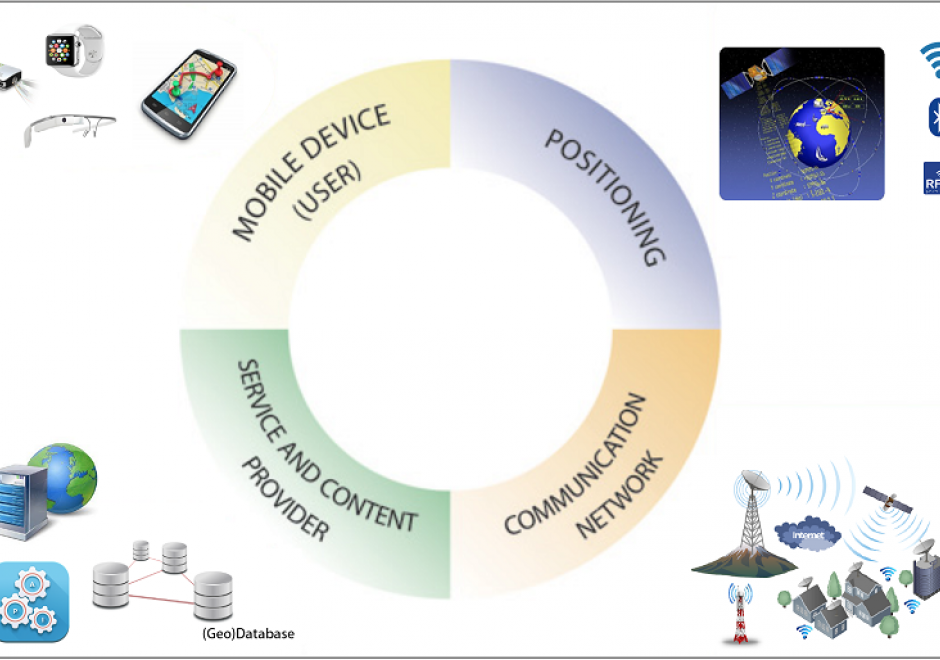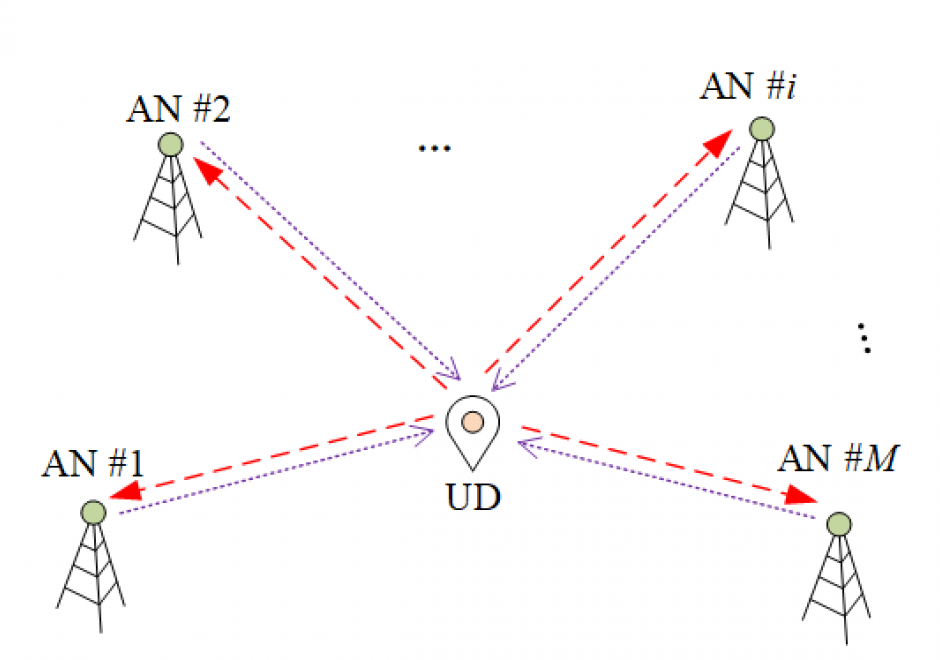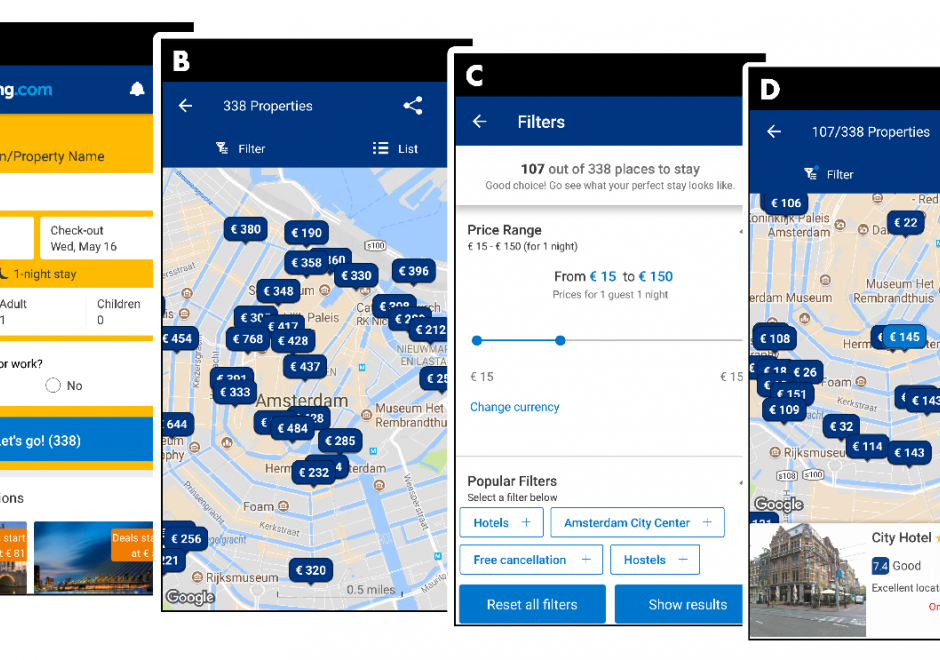CP-12 - Location-Based Services

Location-Based Services (LBS) are mobile applications that provide information depending on the location of the user. To make LBS work, different system components are needed, i.e., mobile devices, positioning, communication networks, and service and content provider. Almost every LBS application needs several key elements to handle the main tasks of positioning, data modeling, and information communication. With the rapid advances in mobile information technologies, LBS have become ubiquitous in our daily lives with many application fields, such as navigation and routing, social networking, entertainment, and healthcare. Several challenges also exist in the domain of LBS, among which privacy is a primary one. This topic introduces the key components and technologies, modeling, communication, applications, and the challenges of LBS.



CV-40 - Mobile Maps and Responsive Design
Geographic information increasingly is produced and consumed on mobile devices. The rise of mobile mapping is challenging traditional design conventions in research, industry, and education, and cartographers and GIScientists now need to accommodate this mobile context. This entry introduces emerging design considerations for mobile maps. First, the technical enablements and constraints that make mobile devices unique are described, including Global Positioning System (GPS) receivers and other sensors, reduced screensize and resolution, reduced processing power and memory capacity, less reliable data connectivity, reduced bandwidth, and physical mobility through variable environmental conditions. Scholarly influences on mobile mapping also are reviewed, including location-based services, adaptive cartography, volunteered geographic information, and locational privacy. Next, two strategies for creating mobile maps are introduced—mobile apps installed onto mobile operating systems versus responsive web maps that work on mobile and nonmobile devices—and core concepts of responsive web design are reviewed, including fluid grids, media queries, breakpoints, and frameworks. Finally, emerging design recommendations for mobile maps are summarized, with representation design adaptations needed to account for reduced screensizes and bandwidth and interaction design adaptations needed to account for multi-touch interaction and post-WIMP interfaces.